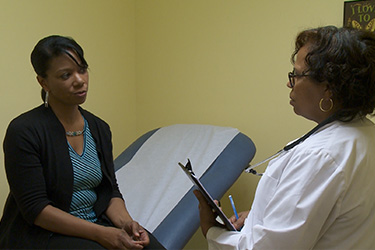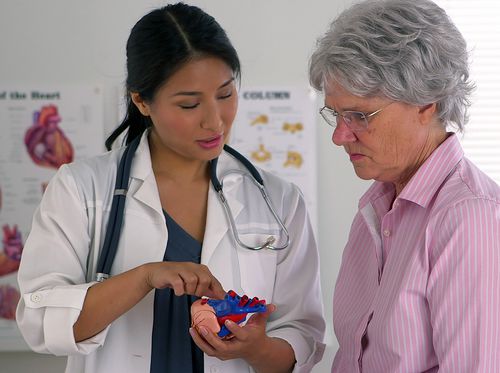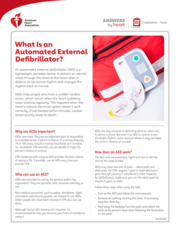Advertisement
Advertisement
Arrhythmias
Irregular Heartbeats
Show more
Antiarrhythmic Medications
Cardiac Arrest
Atrial Flutter
What is an Arrhythmia?
Text in
English
Arrhythmia
Premature Ventricular Contractions
Sinus Bradycardia
Supraventricular Tachycardia: Types
Electrocardiography (ECG, EKG)
Sudden Cardiac Arrest
Ventricular Arrhythmia
What Is Syncope
Causes of Syncope
Diagnosing Syncope
Treating Syncope: Prevention
Treating Syncope: Helping Your Heart
Understanding Premature Ventricular Contractions (PVCs)
Right Bundle Branch Block
Using an Event Monitor
Understanding Lead Extraction
Understanding Left Bundle Branch Block
Understanding Supraventricular Tachycardia (SVT)
Treatment for Arrhythmogenic Right Ventricular Cardiomyopathy
Treatment for Vasovagal Syncope
Understanding Arrhythmogenic Right Ventricular Dysplasia
Understanding Vasovagal Syncope
Having Lead Extraction
Treatment for Left Bundle Branch Block
Treatment for Premature Ventricular Contractions (PVCs)
Treatment for Supraventricular Tachycardia (SVT)
Understanding Atrial Flutter
Understanding Bradycardia
Understanding First-Degree Heart Block
Understanding Heart Palpitations
Understanding Second-Degree Heart Block
Understanding Tachycardia
Understanding Third-Degree Heart Block
Sick Sinus Syndrome
Supraventricular Tachycardia
Arrhythmias
Pacemaker: Leadless: General Info
Pacemaker: Leadless: Pre-op
Pacemaker: Leadless: Post-op
Atrial Fibrillation
Show more
What Is Atrial Fibrillation?
Understanding Atrial Fibrillation
About Atrial Fibrillation
Treating Atrial Fibrillation
Atrial Fibrillation: Hospital Discharge
Living with Atrial Fibrillation
Your Health Checklist: Atrial Fibrillation Medications
When to Call the Doctor: Atrial Fibrillation
What is Ablation?
What is Electrical Cardioversion?
The AFib Five: 5 Steps to Your Healthiest Life with AFib
Learn About Afib & Your Heart
Identify Your Risks
Understand Your Treatment Options
Work with Your Healthcare Team
Create Healthy Habits for Life
The AFib Five: John Criswell's Story
The AFib Five: Marci Wilson's Story
What Are Electrophysiology Studies?
Text in
English


